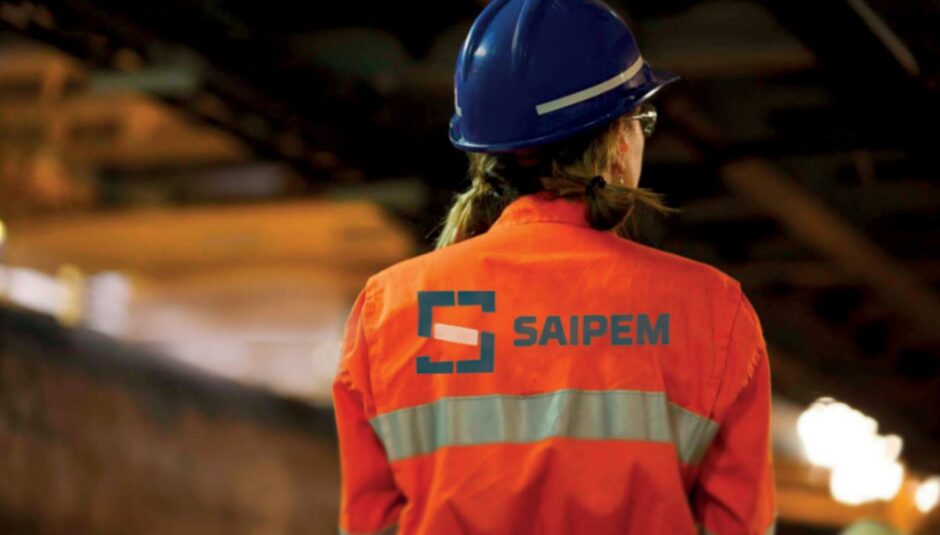
Saipem and compatriot Trevi are planning to develop drilling systems for offshore wind farms.
The two Italian contractors have signed a memorandum of understanding (MoU) to design two systems for large-diameter foundation holes for the renewables projects.
Under the agreement, the pair will develop a design that can cope with the site-specific geophysical and geotechnical data pertaining to the locations to be drilled, identify the best drilling strategy and the most appropriate tech.
It also covers the possibly of creating equipment, operated by Saipem and leveraging the engineering experience of Trevi on wind farm foundations, for projects.
The MoU follows a similar non-binding agreement with Havfram signed last month to explore creation of an integrated offering for development and construction of offshore wind farms.
Saipem’s strategic plan for 2022-2025 predicts a surge in the addressable offshore wind market of more than 30% during that time frame.
The tie-up with Havfram could be complete in Q3 this year if a joint team deems the collaboration viable.
Milan-headquartered Saipem is currently working on plans for a €2 billion capital increase and asset sell-off, in a bid to reverse its fortunes after a shock plummet in earnings earlier this year.
Saipem blamed rising supply chain costs and poor project margins in offshore wind and onshore construction.
Saipem also issued an update on its 7000 heavy lift vessel, saying it will complete the remaining work on the Seagreen wind farm off Scotland this year.
A crane incident in April saw the vessel out of action after dropping two cargo barges during a load test in Norway.
The Italian contractor had already installed 23 of 114 turbine jackets, and has said that the remaining 91 will be installed from now until year-end 2022.
Crane 2 has obtained relevant certifications allowing it to complete the work.
Meanwhile, the 7000’s Crane 1 still undergoing repair works to allow it to return to full lifting capacity by early 2023.
Recommended for you

